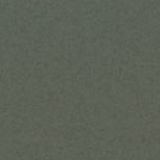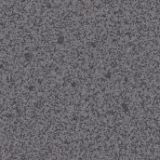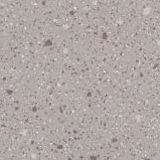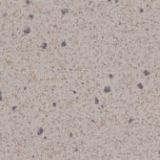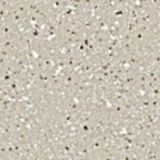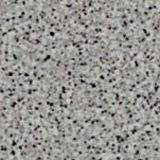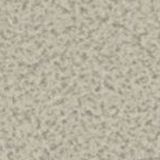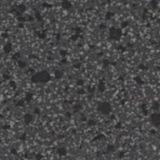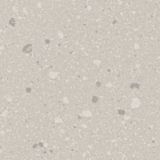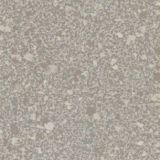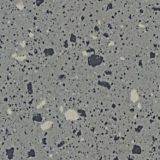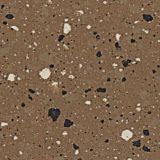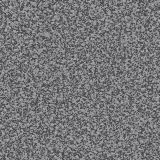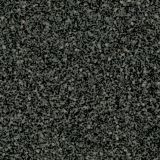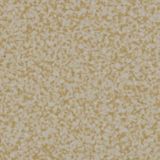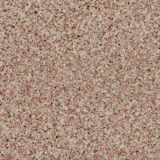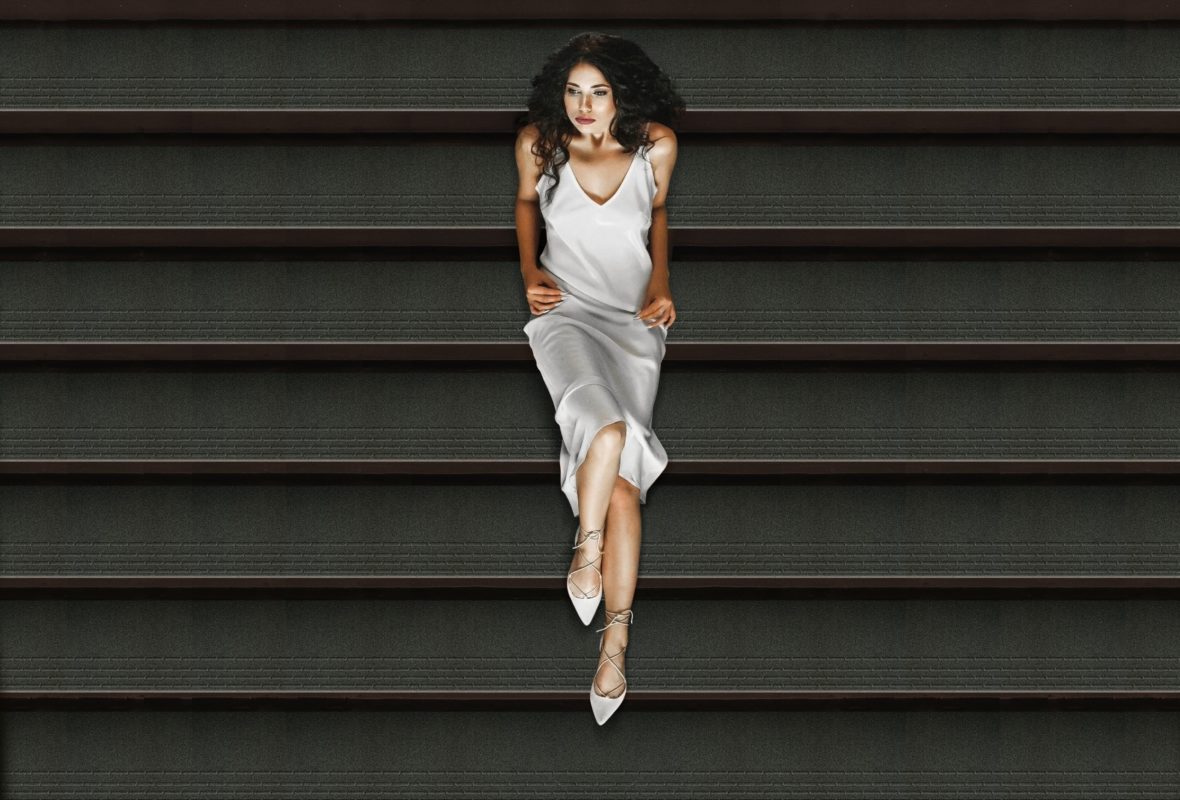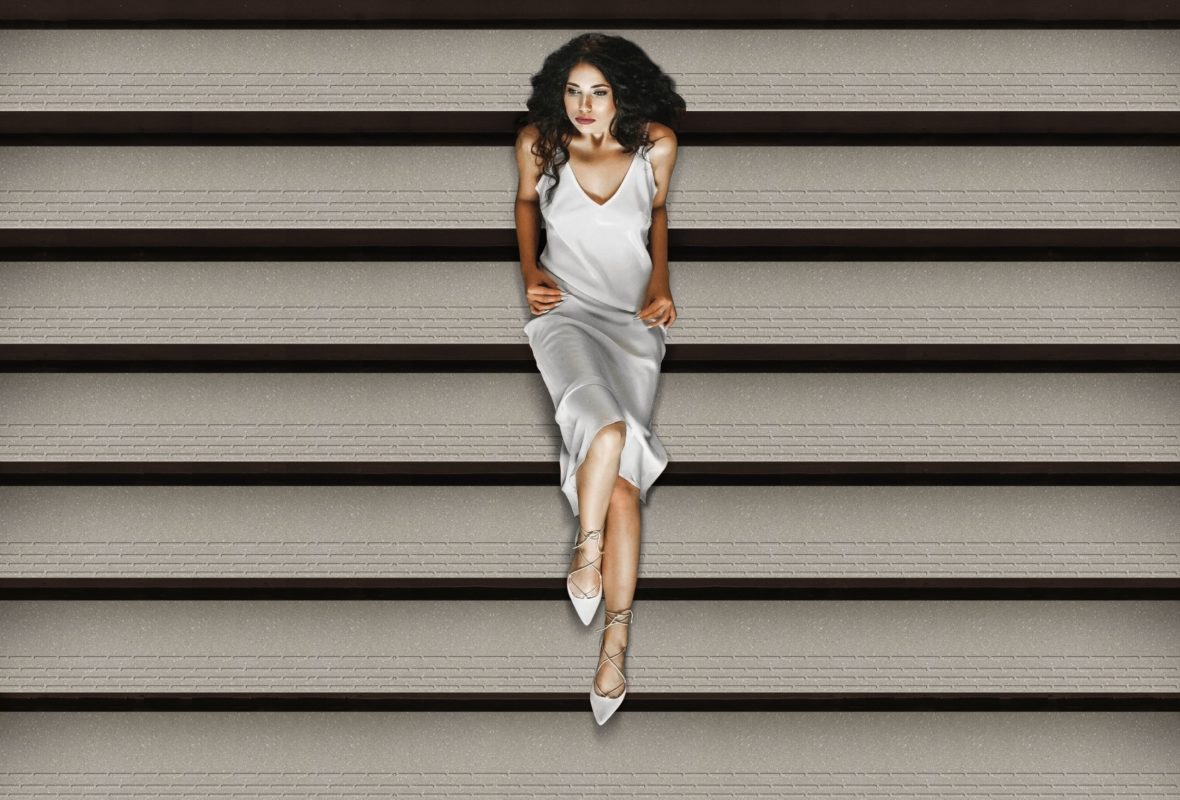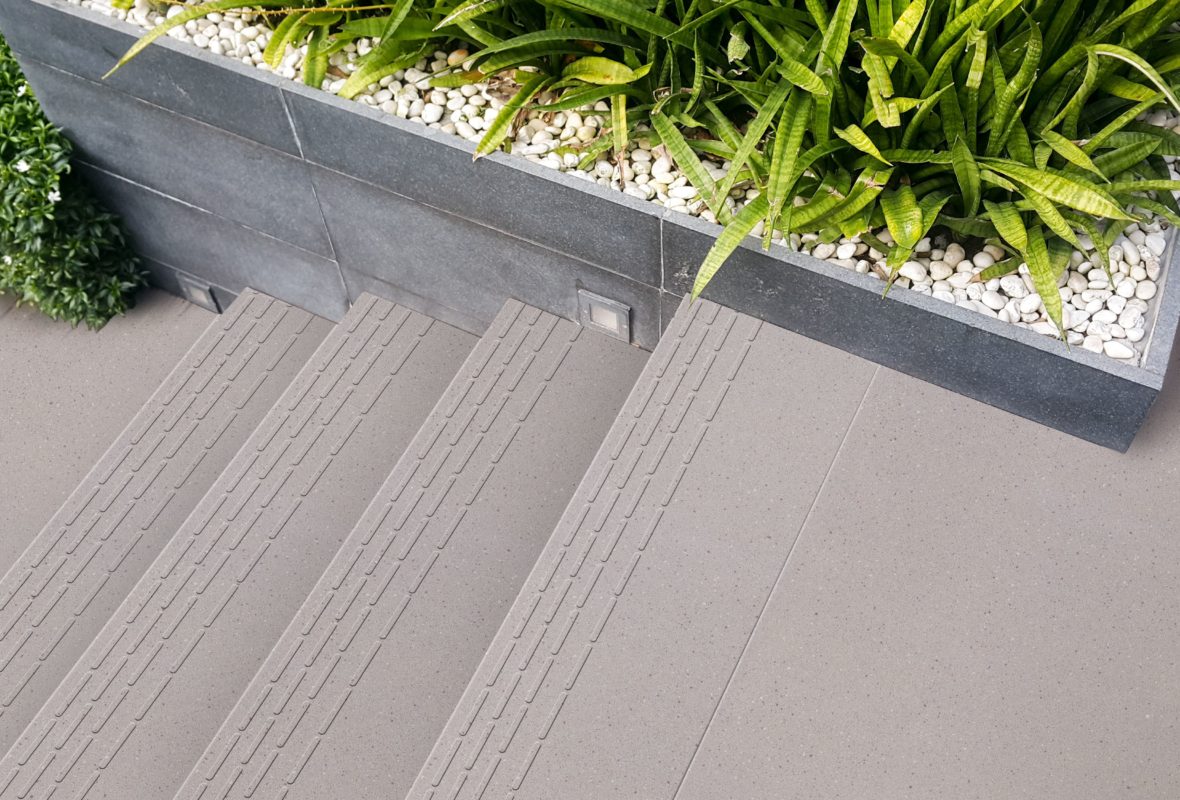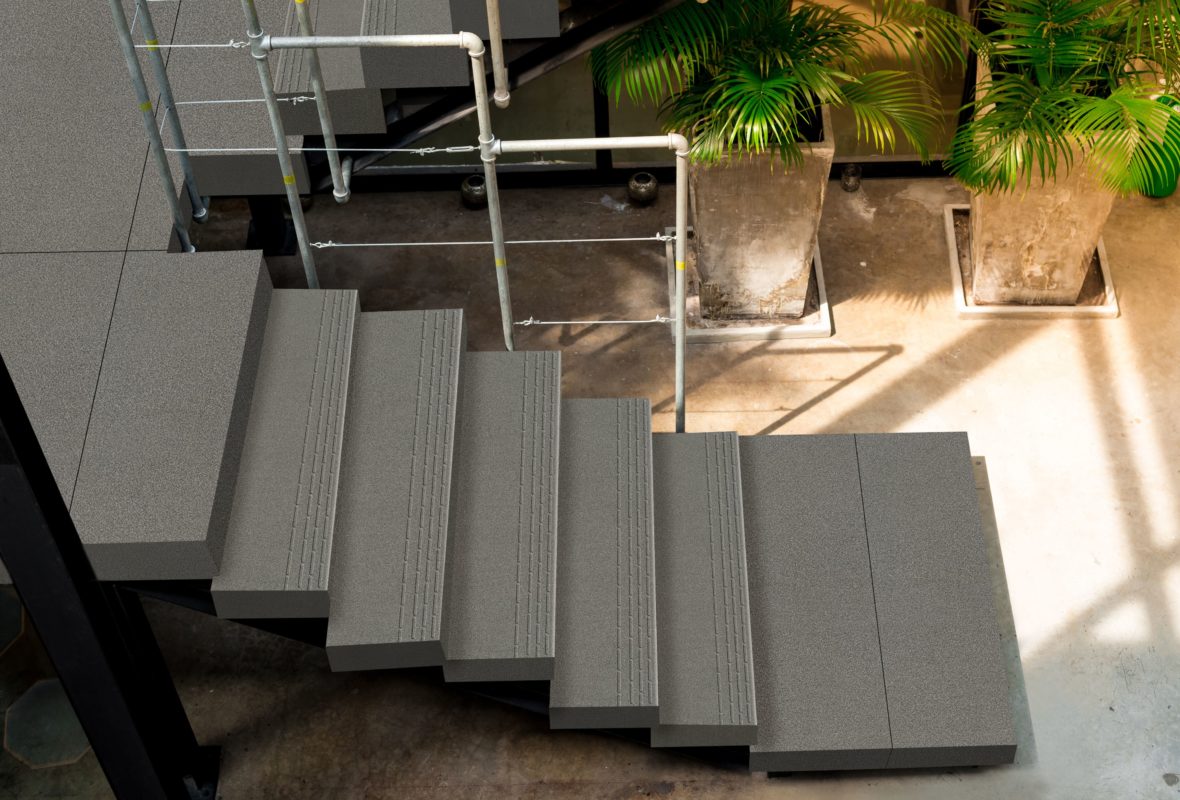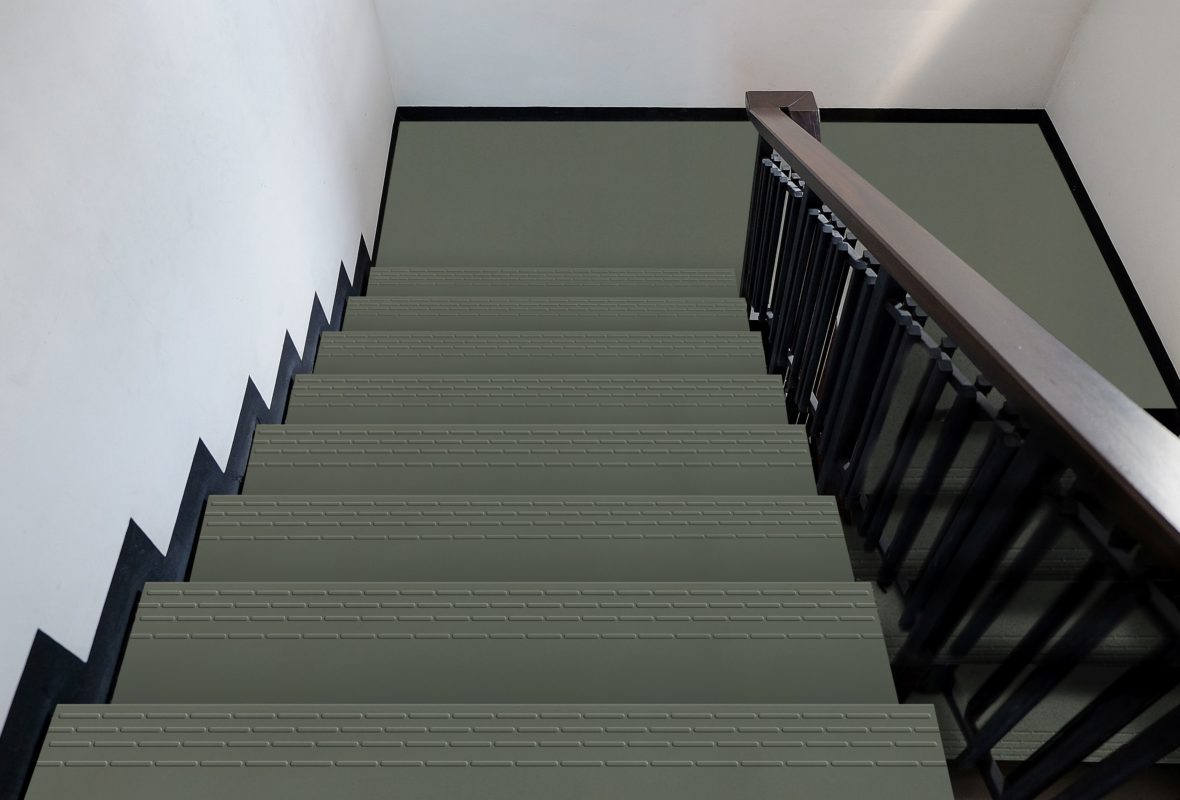STEP-UP with confidence, is what we believe at Restile, and that’s exactly what we showcase In this series. Why use the old age method of cutting, sizing, finishing, wasting, when you can use our Ready-To-Install Step tiles. With inherent qualities of anti-slip grooves, anti-slip surface finish, bull-nose finish and with the designs and finish, for both indoor and outdoors, it’s the perfect solution for any step.

Floor

Residential

Office

Education

Stairs

Hotels

Station

Showroom

Pooldeck

More
Sizes
920 x 300 x 12 mm
1200 x 300 x 12 mm
1520 x 310 x 12 mm
Surface Finish
Restile Smooth / Matte
Nano Polished
Type
100% Vitrified / Porcelain Tiles
100% Homogeneous Full Body Tiles
0% Digital Printing
0% Glaze Coating
Determination of the breaking load (B Load), breaking strength and modulus of rupture of a tile by applying a force at a specified rate to the centre of the tile, the point of application being in contact with the proper surface of the tile.
The breaking load is the force necessary to cause the test specimen to break, as read from the pressure gauge.
The breaking strength is the force obtained by multiplying the breaking load by the ratio (span between the support rods / width of the test specimen)
The Slip Resistance Values (SRV) Mentioned Are Categorised Using The Ramp Test. In This Method, A Lubricated Inclined Platform Is Adjusted To A Gradually Increasing Gradient, And The Angle Is Measured At Which A Person Walking On It Slips.
The Test Results Are Quoted As An R Value, Which Relates To The Ramp Angle As Follows:
R9 = (minimal Friction) 6 To 10°
R10 = (normal Friction) 10 To 19°
R11 = (good Friction) 19 To 27°
R12 = (high Friction) 27 To 35°
R13 = (very High Friction) >35
Shade, Texture And Tone Can Vary From Piece To Piece Within A Single Tile Production Run. V1 Shade Tone Variation Has Little Or No Change From Piece To Piece Where A V4 Might Have A Substantial Variety Of Shade, Texture And Tone Variation.
V1 = Uniform Appearance
V2 = Slight Variation
V3 = Moderate Variation
V4 = Substantial Variation

Solids
Salt & Pepper
Chips
Outdoor



 Hi-Res
Hi-Res
